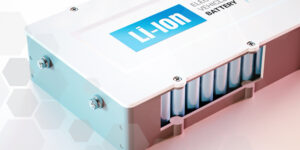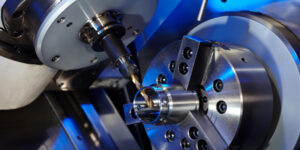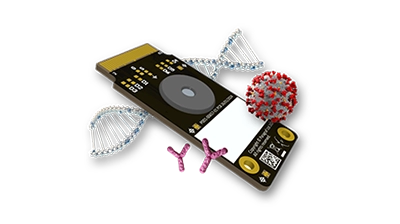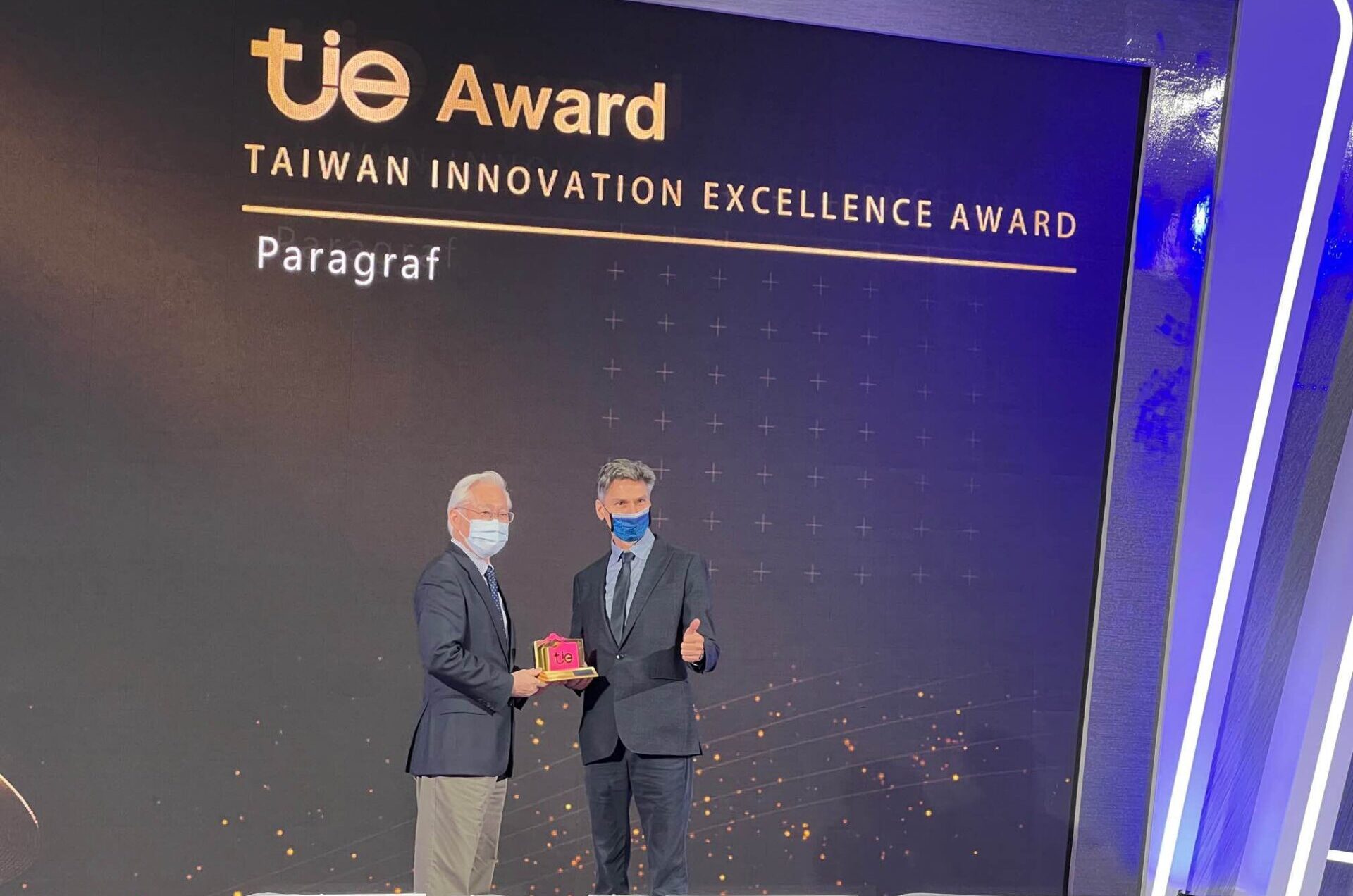When it comes to electric vehicles, consumers want the three Rs – range, reliability, and (fast) recharging. In each case, the battery system plays a critical role in meeting these end-user expectations.
The problem, though, is that electric vehicle performance is being hampered in the development stage by limitations in existing battery-cell testing techniques. Today, a current density map of a cell can only be produced by the indirect method of temperature measurement.
However, most externally mounted temperature sensors will exhibit a degree of lag between the temperature changes occurring and the sensor element observing the change – reducing test accuracy.
A more direct method of measuring current density can be offered by magnetic field sensors. But current silicon-based magnetic sensing methods do not offer the combined spatial resolution, field resolution and dynamic range required for the development of today’s EV cells.
Graphene sensors provide the answers
These shortcomings have prompted interest in ultra-sensitive Hall sensors made from graphene – the 2D material that offers excellent electrical and thermal characteristics. Graphene offers many unique technical characteristics that provide significant benefits over existing battery testing technologies. For example, its one-atom-thick composition makes it possible to measure in one plane, resulting in more accurate measurements and simpler system design. Graphene sensors can also be optimised for low field environments and normal ambient temperatures, and their small footprint allows for good spatial resolution.
Paragraf has realised these benefits by developing new GHS-A range Hall sensors, which have been shown to exhibit exceptional sensing resolution, typically better than 10 ppm, along with a wider range of magnetic field detection compared to existing Hall effect sensor technologies. The sensors are entirely free of any effects of hysteresis too, so there is no danger of over-exposure to a magnetic field.
Constructed in a standard surface mount 20-pin ceramic semiconductor package, the GHS-A provides a signal voltage output proportional to the measured magnetic field strength. Across the output voltage range, linearity is better than 0.2%. As the sensor comprises an extremely thin 2D layer of graphene just one atom thick, it only detects magnetic fields on one axis that is perpendicular to the sensor’s plane. It offers superior rejection to off-axis stray magnetic fields and other off-axis field components.
Within a test environment, multiple GHS sensors can monitor many different cell parameters, delivering insights in several key areas:
-
More flexible current measurement
 By placing sensors beside the cathode and anode cell connections, the absolute current can be observed. Large fluctuations of current can also be monitored, and changes in the cell’s internal resistance calculated by the difference in current flows observed at the cell terminals.
By placing sensors beside the cathode and anode cell connections, the absolute current can be observed. Large fluctuations of current can also be monitored, and changes in the cell’s internal resistance calculated by the difference in current flows observed at the cell terminals. -
Deeper insight into current flow direction
 The Paragraf graphene Hall sensor can determine the direction of current flow, assisting in mapping differences in current flow path during charge and discharge cycles.
The Paragraf graphene Hall sensor can determine the direction of current flow, assisting in mapping differences in current flow path during charge and discharge cycles.
-
Enables cell reuse and recycling
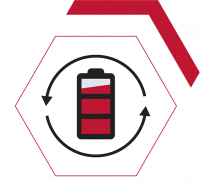 Battery cells to be repurposed from electric vehicle applications can also be non-destructively screened and sorted using a GHS sensor testbed.
Battery cells to be repurposed from electric vehicle applications can also be non-destructively screened and sorted using a GHS sensor testbed.
-
Faster identification of failure modes
 Changes in the cell’s internal resistance may occur due to the chemical processes involved and achieving a uniform resistance across the cell is essential. With the current density mapping capabilities of the GHS sensor, potential hotspots may indicate points of failure that require further investigation.
Changes in the cell’s internal resistance may occur due to the chemical processes involved and achieving a uniform resistance across the cell is essential. With the current density mapping capabilities of the GHS sensor, potential hotspots may indicate points of failure that require further investigation.
-
Density mapping in real-time
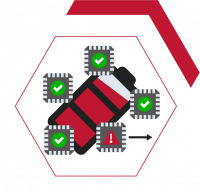 Using multiple GHS sensors placed on the cell’s external surface permits recording and analysing the local variations of current within the cell in real-time, helping pinpoint current hotspots and potential points of failure.
Using multiple GHS sensors placed on the cell’s external surface permits recording and analysing the local variations of current within the cell in real-time, helping pinpoint current hotspots and potential points of failure.
-
Encourages cell design optimisation
 Analysis of current density hotspots and known cell failures and observing active/inactive areas of the cell can provide vital insights during initial cell prototyping and pave the way for an optimised cell design.
Analysis of current density hotspots and known cell failures and observing active/inactive areas of the cell can provide vital insights during initial cell prototyping and pave the way for an optimised cell design.
7. Boosts quality control
 During cell manufacturing, a GHS sensor testbed can provide a fast and efficient method of cell quality assurance. Checking cells for performance against specification and leakage currents assist in maintaining production standards and customer satisfaction.
During cell manufacturing, a GHS sensor testbed can provide a fast and efficient method of cell quality assurance. Checking cells for performance against specification and leakage currents assist in maintaining production standards and customer satisfaction.
Ultimately, graphene sensors will help battery cell manufacturers respond to the automotive industry’s needs by developing high-density cell chemistries and formats. Understanding the internal current density map of a cell is paramount during research and development. The Paragraf GHS-A sensor delivers a level of magnetic field resolution and instantaneous response not previously possible with traditional technologies, providing the perfect platform from which battery manufacturers can create high-performance cells.

